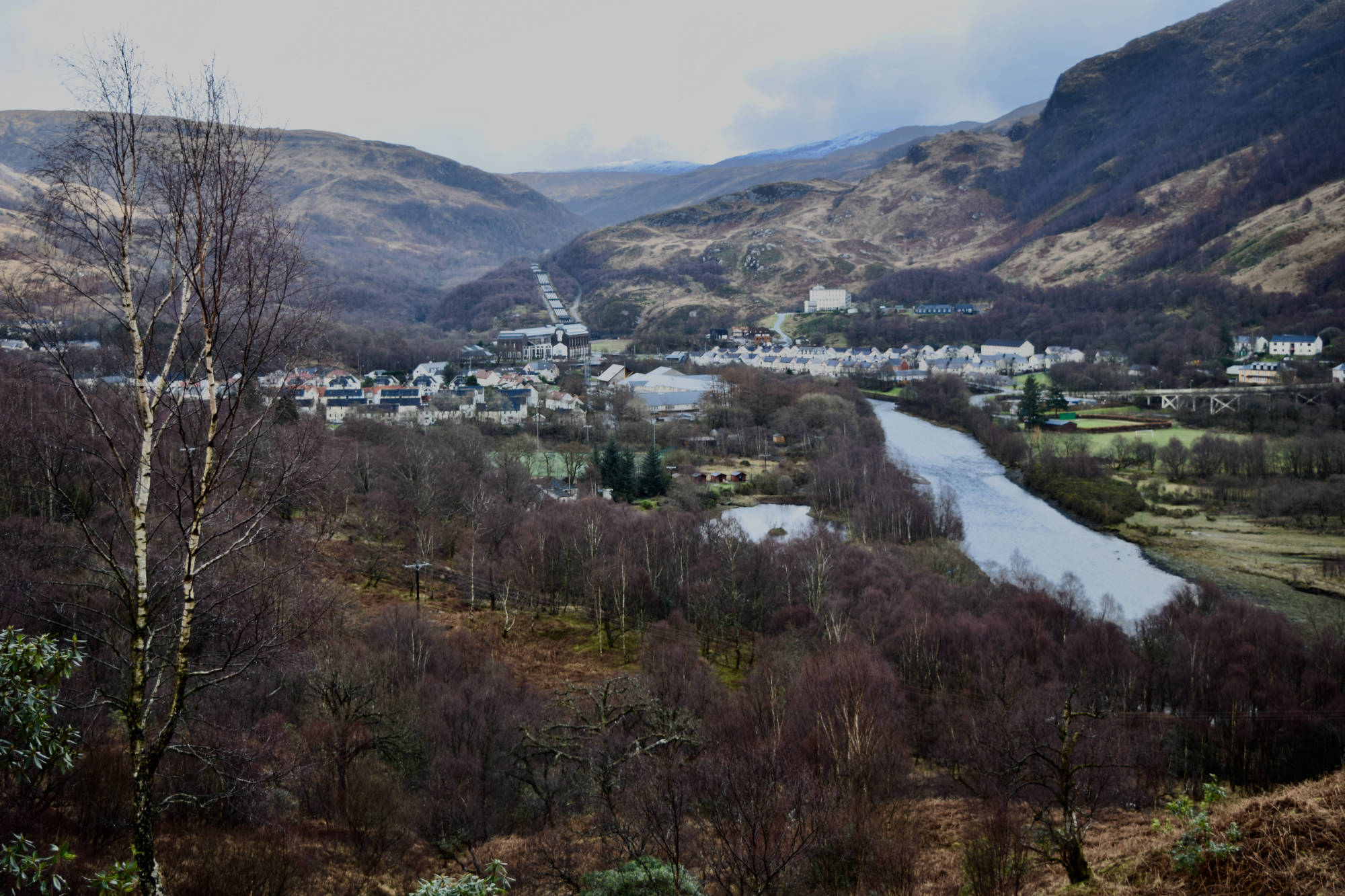Current Energy Supply
The audit determined the village’s four notable supply sections: grid energy, solid fuels, petrol & diesel and PV. The town is not connected to mains gas which means residents rely on CO2 emission intensive fuels such as coal, wood and oil for space heating.
Grid Energy
Grid energy constitutes the largest contributor to Kinlochleven's Supply. The energy is supplied at market rate and when coupled with the above average demand, residents are subjected to excessive and increasing energy costs.
Solid Fuels
Residents rely on coal, wood and oil to heat their homes. This results in poor air quality as CO2, NOx and particulates are released.

Petrol & Diesel
From consultation with the Kinlochleven Community Trust, it has been determined that 99% of the vehicles in Kinlochleven are combustion engine. There are however, a very small minority of vehicles that are electric.
PV Panels
PV panels are installed on some council owned flats. This helps to provide clean affordable energy to their residents, however their capacity is limited.